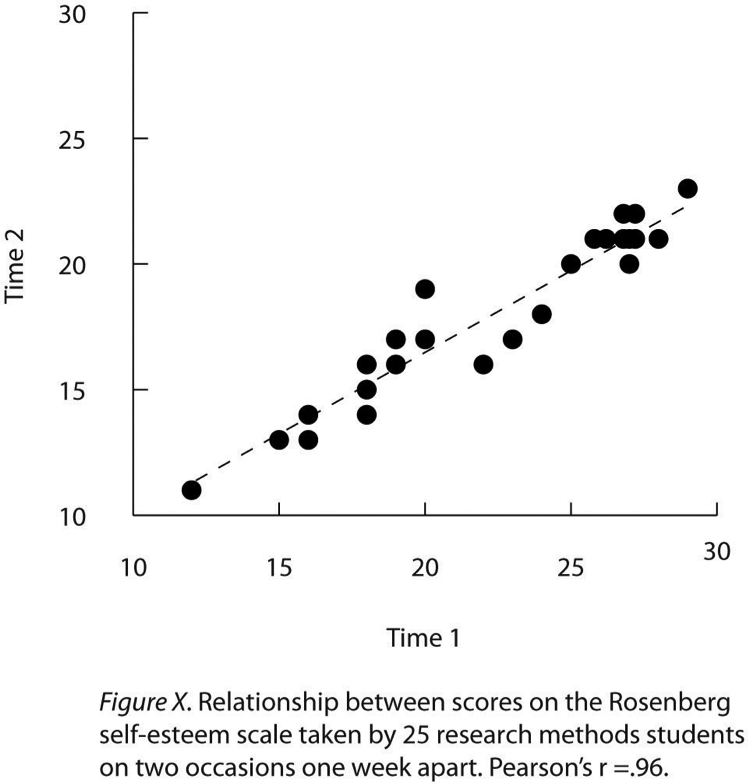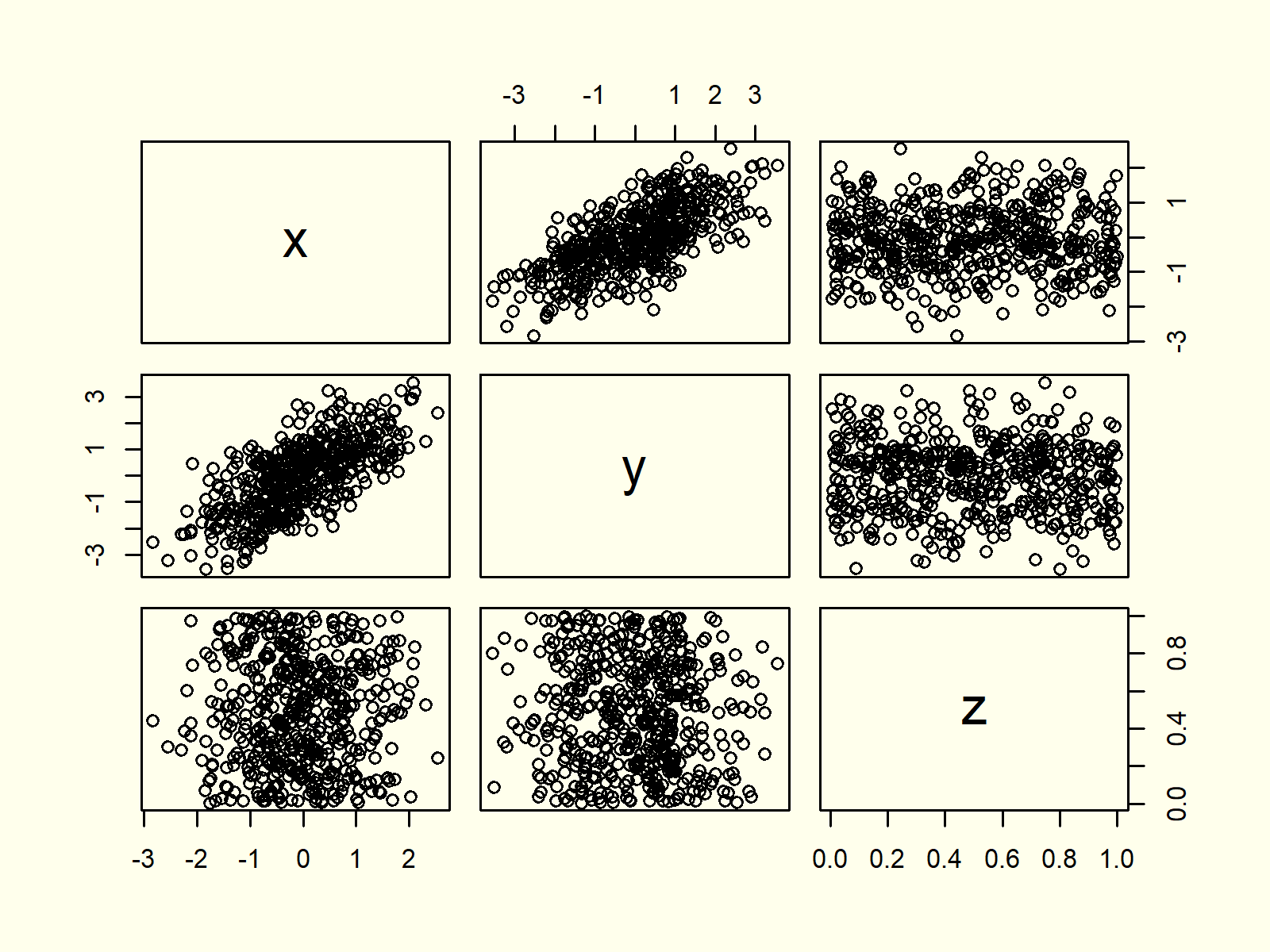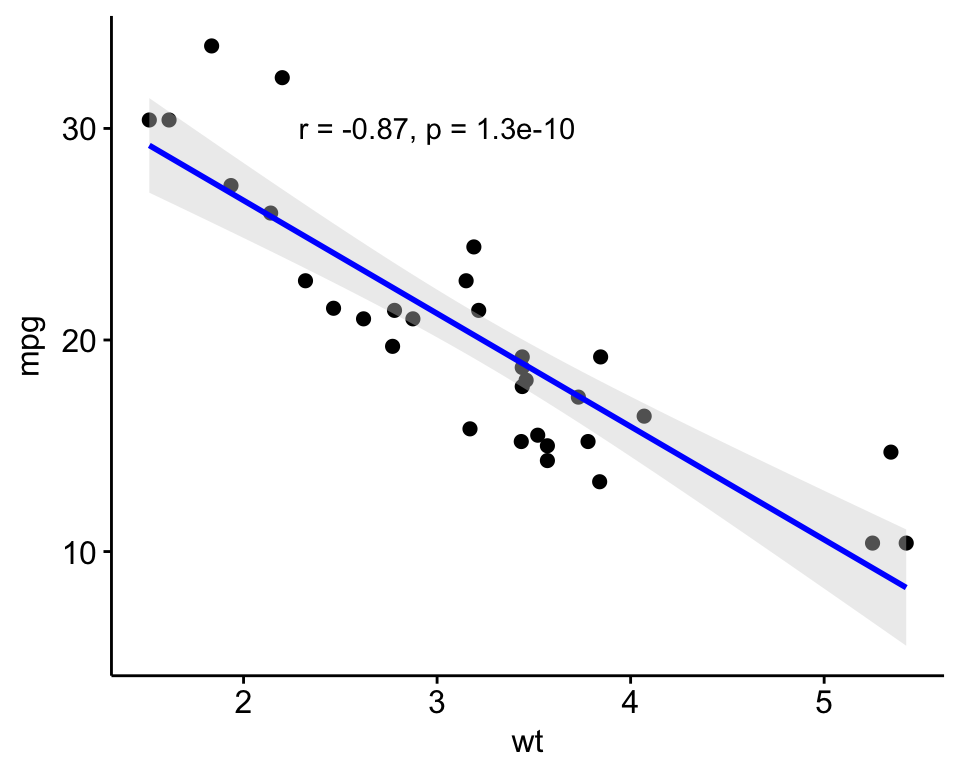

#ADD TITLE TO SCATTERPLOT R STUDIO PLUS#
You’ll call the ggplot() function, and whenever you call an additional function after ggplot() to modify the plot, you’ll almost always need to use the plus sign. This is part of the modular system of ggplot2. You always need to use a plus symbol (‘ +‘) when you add a title using the labs function. Notice as well that in this particular example, there is a ‘ +‘ after geom_line(). You’ll first use the ggplot() function, the aes() function, and geom_line() to create a line chart.Īfter you create your plot with ggplot(), you can add the syntax for the labs function after that: So for example, let’s say that you want to add a title to a line chart. What this means is that in order to add a title to a ggplot2 plot, you first need to create the plot itself, and then use the labs function after that. Let’s take a look at the syntax of the labs function and how it works.Īs I mentioned previously in this tutorial, the ggplot2 system is highly modular. In the rest of this blog post, we’ll be using the labs function to add titles to our ggplot2 plots. However, the labs() function can do all of these. The xlab() function adds an x-axis title and the ylab() function enables you to add a y-axis title. The ggtitle() function enables you to add an overall plot title. The labs function adds ggplot titlesĪs I just mentioned, if you want to add a title to your ggplot2 plot, you need to call an additional function.Īs it turns out, there’s actually a few functions that enable you to add titles to your plot.

I’m pointing out the modular design of ggplot2 because it’s somewhat relevant to how we add titles to a ggplot2 visualization. Data visualization in other programing langues (like Python) is not based on discrete functions in this way. I want to explain that to you, because this is different than many other programming languages.

There’s a separate function, geom_line(), which actually draws the lines.Īnd if you want to add a title to your plot, there’s a separate function for that too.Įssentially, ggplot2 has discrete functions for almost everything you need to do to create a data visualization. Inside of the ggplot() function, there’s the aes() function, which enables you to specify which variables should go on which axes of chart. So for example, if you want to create a line chart, you’ll use the ggplot() function to initiate plotting. There is a different function to add titles. There’s one function to add lines to a plot. So there’s one function to initiate a plot. What I mean by this is that the package has many different functions, and each function “does one thing.” The ggplot2 visualization package is structured in a highly modular way. ggplot2 has different functions for different tasks

Remember, people use the terms interchangeably.
#ADD TITLE TO SCATTERPLOT R STUDIO HOW TO#
So, when I’m talking about the package, sometimes write “ggplot” and sometimes write “ggplot2.” For example, in this post, we’re talking about how to add a “ggplot title” … ggplot is just a nickname for “ggplot2”. Keep in mind, ggplot2 is the name of the actual package, but many people use the words ggplot and ggplot 2 interchangeably. It gives you a toolkit for creating data visualizations in R. Ggplot2 is a package for the R programming language that focuses on data visualization. ggplot2 is a toolkit for data visualization in R Note: If you want to skip this section and move straight to the section about ggplot2 titles, you can click on this link to skip ahead.įor a more in-depth explanation, I recommend that you read our ggplot2 tutorial. With that in mind, to make sure you have the background that you need, I’m going to quickly explain how ggplot2 works. If you’re reading this blog post, you probably know a little bit about ggplot2.īut to understand how to add titles in ggplot2, it helps to really understand how the ggplot2 system works. Later in this post, I’ll explain the syntax of the labs() function and show you some examples.īut first, I want to give you a quick review of ggplot2. There are several ways to add titles to ggplot2 visualizations, but the primary way to add titles in ggplot2 is by using the labs() function. To add titles in ggplot, you need to understand how ggplot2 works


 0 kommentar(er)
0 kommentar(er)
